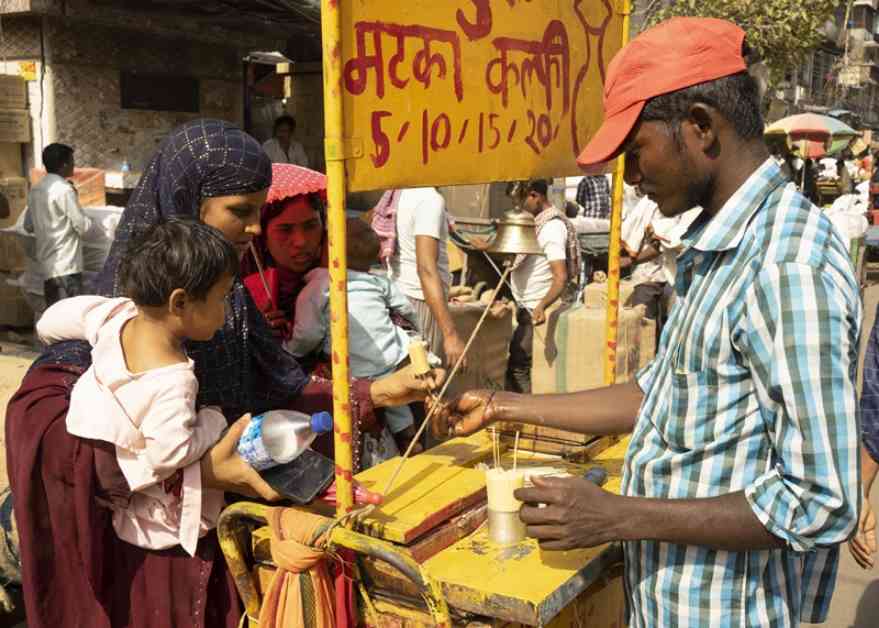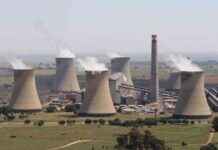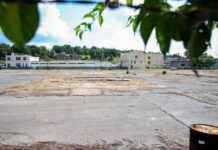So, like, there’s this study that found that the daily street market near Delhi’s Red Fort is getting hit hard by more frequent and intense heatwaves, all thanks to climate change. Greenpeace India and some Workers’ Collective for Climate Justice South Asia peeps interviewed ten market sellers and found out that these folks selling stuff like shoes, clothes, and dried fruits are having a rough time standing in the sun for hours. They’re dealing with headaches, dizziness, and fainting spells, which is not cool, man.
One trader mentioned that by 11 am, the sun feels like it’s piercing through their skin. Another said that by evening, their feet are swollen, and they can’t even feel their toes properly. Ouch, that sounds rough. The heat is no joke, especially for these market sellers who are just trying to make a living, you know?
On International Workers Day in Delhi, groups representing workers launched the “Workers’ Collective for Climate Justice – South Asia” and signed a petition asking governments to tax fossil fuel companies to fund climate action. It’s like, a big deal, you know? India has been getting hit by some serious heatwaves in the last few years, and it’s all because of human-induced climate change. The temperatures are already in the high 30s C this year, which is not great for the hundreds of thousands of market sellers, rickshaw drivers, waste pickers, and domestic workers in the capital.
These workers are trying to deal with the changing climate, but it’s tough. Shade-providing tarpaulins are torn down, and there’s a lack of drinking and toilet facilities, making it hard to stay hydrated. Sandeep Verma, who’s part of an organization that supports market vendors, mentioned that using public toilets in Lal Qila costs at least 10 rupees each time. That’s a lot of money for these workers, you know?
Because of these high charges, vendors avoid drinking water. And for women, it’s even harder to find a place to pee in public. The lack of accessible health systems means that many workers ignore their symptoms or self-medicate, which is not good for their health at all. The report found that the climate crisis is not just about the environment but also about the health of these workers who are suffering silently.
The financial costs of these heatwaves are no joke either. A study found that for every degree Celsius increase in temperature, informal workers lose around a fifth of their net earnings. That’s a big hit for these folks who are just trying to make ends meet. The extreme heat also affects customer footfall, reducing vendor earnings, and spoils food and flower products as vendors lack refrigeration.
Traders are trying to adapt by wearing cooler clothes, using umbrellas, and setting up stalls under trees or near buildings. But authorities often tear down these makeshift structures, calling them ‘encroachments’. It’s a tough situation for these street traders, you know?
Despite the challenges, vendors are coming together to share information and lobby the authorities for better conditions. Support groups like the National Hawker Federation and Janpahal are offering legal aid and campaigning for these workers, which is super important. Many market traders have been able to secure identity cards and vending certifications under the 2014 street vendors’ law, which gives them more rights. But there’s still a long way to go in enforcing these provisions fully.
So, yeah, the heatwaves are taking a toll on the health and wealth of these market sellers near Delhi’s Red Fort. It’s a tough situation, but these workers are trying to stay strong and fight for better conditions. It’s a rough road ahead, but hopefully, things will start looking up for them soon.














